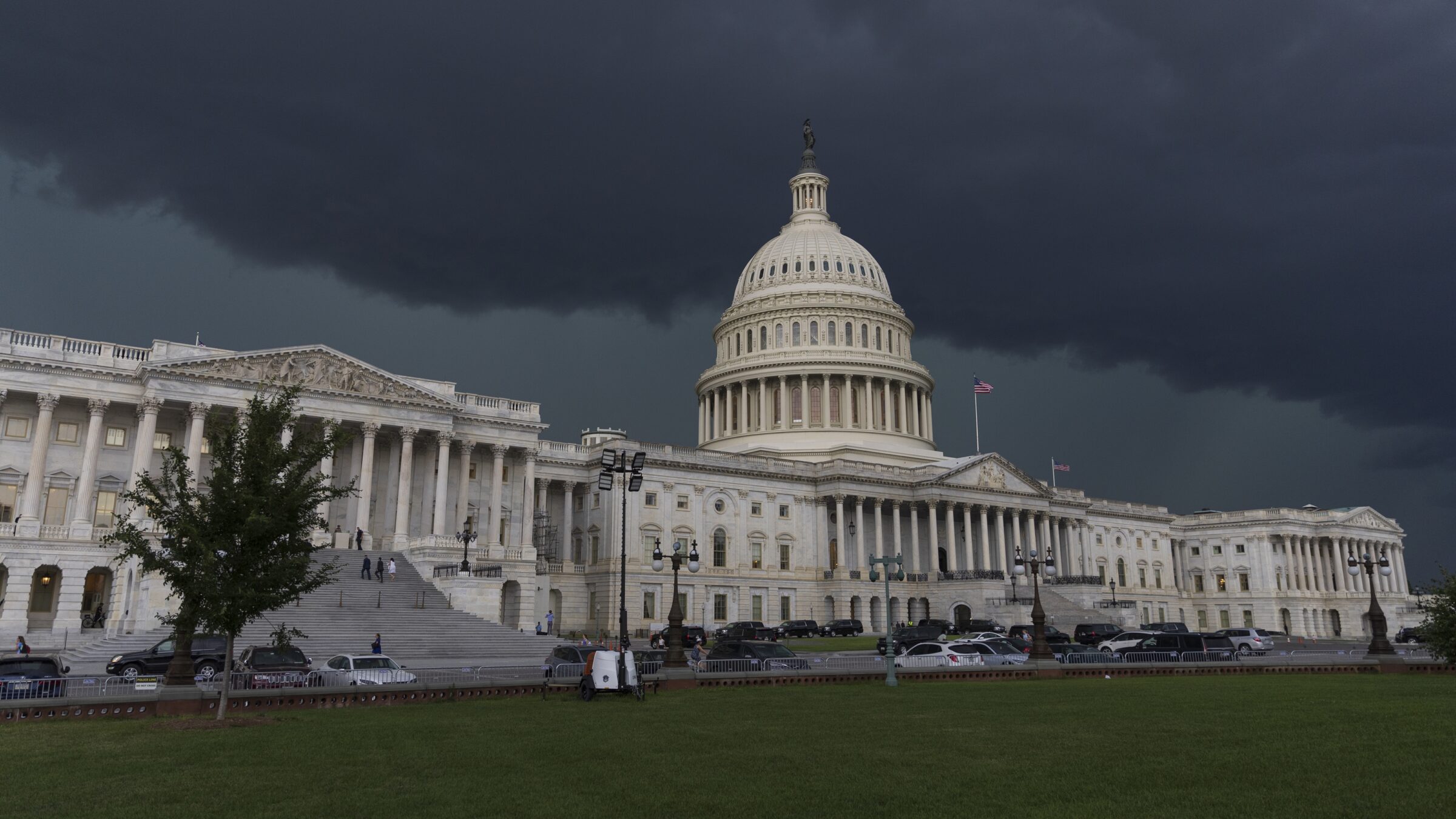The timing of a Supreme Court Justice’s retirement matters. But when lower federal court judges choose to retire matters a lot, too, even if it doesn’t get as much press. For one, federal circuit courts of appeal make the bulk of federal law in this country. And in 2023 alone, these courts have reached some egregious results.
For instance, in United States v. Rahimi, the Fifth Circuit invalidated a federal law prohibiting alleged domestic abusers from having firearms. In Molina v. City of St. Louis, the Eighth Circuit concluded that police who teargassed Sarah Molina while she stood on her own property during a protest were shielded from liability because no “clearly established” constitutional right allowed the women to observe police on the job. And in Sosa v. Martin County, the Eleventh Circuit held that David Sosa, who spent three nights in a jail cell after being hauled in on a 27-year-old arrest warrant for a different “David Sosa,” had failed to prove a violation of his rights. Less than a minute of fingerprinting confirmed his innocence.
For most litigants, review in these courts is the end of the road. For all the (deserved) attention the Supreme Court’s work gets, 99 percent of federal appellate cases never get taken up by the Supreme Court.
In short, who decides these cases, and who sits on these courts, matters. And on these questions, it’s worth noting that most lower court judges don’t actually retire. Instead, they take what’s known as senior status. When a judge goes senior, they receive the same retirement benefits as a fully retired judge, but continue to hear cases on a part- or full-time basis. For presidents, this process is a win-win: A senior judge can keep deciding cases, while also creating a coveted judicial vacancy for the president to fill.

The courthouse for the Ninth Circuit Court of Appeals, San Francisco, CA (Photo by Justin Sullivan/Getty Images)
A century ago, Congress created senior status to add federal judges to the bench to respond to a rise in federal cases without officially increasing the number of active judges. At the time, such a mechanism solved an emergency: There was so much work and so few judges that some judges, unable to retire, were literally physically lifted on to and off of the bench. Since the senior judge could have retired at full pay anyway, the government took on no additional cost by creating this new category. Senior status was thus mainly an innovative way for Congress to tackle climbing caseloads and take some pressure off overworked judges.
As my research, recently published in Minnesota Law Review, finds, judges’ decision to go senior remained largely apolitical until the 2000s. For instance, in President George H.W. Bush’s administration, most of the judges who retired were Democrats. The opposite was true during President Bill Clinton’s administration: More Republicans than Democrats stepped down.
But the judiciary is much more polarized than it used to be, as the fierce political battles over the judicial selection process show. Judges are living longer, and presidents are appointing younger nominees than when Congress first introduced senior status. So, there’s plenty of room for judges to weigh political considerations when timing their decisions to go senior.
These circumstances led to the senior-status process becoming more partisan during the administration of President George W. Bush. Since then, conservative judges have been especially quick to go senior for strategic political reasons—for instance, over 80 percent of federal judges who elected to go senior under President Donald Trump were Republican appointees. Democrats have been slower to follow suit: Since President Joe Biden took office, about two-thirds of judges who took senior status through July 2022 were Democratic appointees.
That the choice of when to go senior has become a political game—particularly for Republicans—is a bad thing. Public trust in the federal judiciary, especially among Democrats, has taken a significant hit over the past few years, sparked by a series of controversial Supreme Court decisions (most prominently, Dobbs v. Jackson Women’s Health Organization) and highly publicized political battles over the Supreme Court nomination and confirmation process. A politicized senior-status process in the lower courts only further dashes already-waning confidence in the federal judiciary.
So, what can be done? The most-discussed solutions for Supreme Court reform—court expansion and term limits—are less relevant in the context of lower courts. Senior judgeships already achieve the same effect as Court expansion: the President gets to add to the bench by adding a like-minded judge. Senior status also lets the president skip a step—legislation—that changing the Court’s size would require. Term limits are even less feasible, because they require the near-impossible task of amending the constitutional guarantee of service during “good Behaviour.”
Still, Congress can fix partisanship in judges’ decision to go senior by turning to lower court-specific solutions. For example, Congress could raise the age at which a judge becomes eligible for senior status. Since 1984, the “Rule of 80” has allowed judges to go senior (or fully retire) at age 65, so long as their age and years on the bench combined to at least 80. (For example, if a judge is 65 years old, they can take senior status if they have served at least 15 years).
I suggest raising the Rule to 90 to reflect that judges today are both living longer and getting appointed younger. Switching from the “Rule of 80” to the “Rule of 90” wouldn’t entirely remove gamesmanship from the decision to go senior. But it would narrow the eligibility window, giving judges less time to play political games over senior status.

(Photo by Tom Brenner for The Washington Post via Getty Images)
Congress could also impose a binding four-year waiting period: When judges announce they plan to go senior, they’ll have to wait four years before senior status goes into effect. Judges wouldn’t know who’d be president by the time their successor was chosen, so they’d have to roll the dice on who picks their replacement. By making gamesmanship a risky proposition, this change would encourage judges to base their decisions to go senior on a personal desire to take a step back.
Finally, Congress could limit the number of cases that senior judges can hear. As things stand, a senior judge can keep the same caseload and number of clerks, if they so choose. What’s more, even if their work is virtually unchanged, judges enjoy tax benefits—they don’t have to pay into Medicare and Social Security anymore—when they go senior. So judges who want to maintain their influence over the law don’t really give up anything by going senior, and might even benefit financially from the arrangement.
However, if judges are restricted in how many cases they can take, they might view senior status as a true form of semi-retirement. They might then place more weight on non-political factors in deciding to go senior. And there are plenty of nonpartisan reasons for a judge to go senior—it’s easy to imagine a world in which judges base this decision off the same sorts of things that motivate most people’s retirement, like health and family concerns.
A judge should be going senior for these personal reasons, not because they want to control how the next Second (or Fourth) (or Eighth) Amendment case comes out. Reforms like these retain what’s good about senior status: extra hands to tackle hefty caseloads. And by throwing a wrench in the partisan plans of judges going senior, Congress could help shape a fairer, less political judiciary—one that is more worthy of Americans’ trust.

